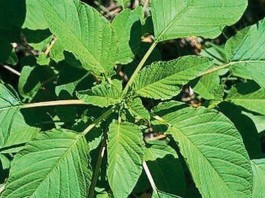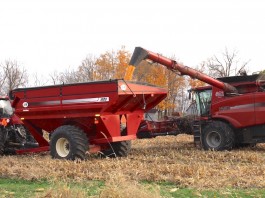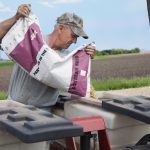Prospects for a rebound in corn prices
With corn producers reporting nearly 3.6 million acres of prevented planting in 2012 and with current 2014 crop prices favoring corn over soybean production in many areas, a decline in corn acreage in 2014 seems unlikely.
4R and precision agriculture — where’s the payback?
Considering the current state of declining crop prices, discussions at the 2014 InfoAg conference were focused on the return on investment (ROI) of precision agriculture (PA) practices.
Learn more about emerging technology at Indiana conference
Farmers and other agricultural professionals wanting to use existing and emerging technology more efficiently will get the information they need at the Ohio Valley Precision Ag Conference.
Yield consistency is key when choosing corn hybrids
Corn farmers will soon start shopping for hybrids for the 2014 crop and according to a Purdue Extension agronomist, the number one factor they need to consider is yield consistency.
Monsanto plans new insect program
Two years ago, Monsanto launched the Corn Rootworm Knowledge program, designed to reward the research and academic community for outstanding projects that addressed specific aspects of the pest and how best to manage it.
Weather-tracking tool helps track insects
Corn earworms (also known as cotton bollworms) cost cotton producers an estimated $200 million a year in lost crops and control expenses, and they are notoriously hard to track because they migrate at night.
All about seeds: Our 2014 fall seed edition
Combines may still be harvesting this year's crops, but smart farmers are already thinking about next year's planting.
Boosting global corn yields depends on improving key nutrients
Ensuring that corn absorbs the right balance of nitrogen, phosphorus and potassium is crucial to increasing global yields, a Purdue and Kansas State University study finds.
How to purchase quality seeds
It’s the time of year to start thinking about purchasing seeds for the next growing season. Make sure you are buying quality seeds from trusted sources.
Calculator can help soybean farmers with seed decisions
Facing lower soybean cash prices this year, farmers are looking for opportunities to add to their bottom lines.
















